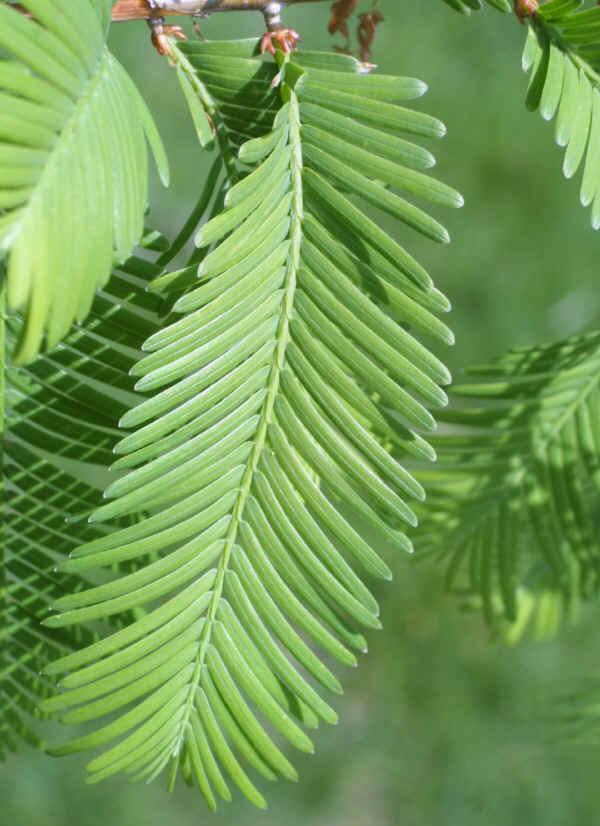


( Find more info on germinating seeds by going to our seed guide ) Once the seeds germinate, start removing the humidity dome, then make sure seedlings are getting a good amount of light, under grow lights or a bright windowsill. Pre-soaking for 24 hours in water can help, as well as placing the seeds in a ziploc baggie with paper towels, vermiculite or perlite in a fridge for 2-3 weeks prior to planting can benefit the germination rates.
#Metasequoia professional#
Well-draining coconut coir/peat-based potting mixĭawn redwood seeds have low germination rates naturally, the best setup is a greenhouse with a heat mat or just in consistent room temperature without much temperature fluctuation, and away from direct sun. Professional infos and care tips: order Metasequoia glyptostroboides at FLORA TOSKANA: +great assortment +buy quality +20 experience in shipping plants. As a bonsai, much smallerįull sun | partial sun | shade | grow lights Pre-soak | scarification | stratification| none * Important: These seeds are tricky to germinate and have low germination rates on average(as low as 5%)! Make sure to follow all the steps and potentially get more than 1 packet* About the seeds:ġ-3 seeds per nursery pot or greenhouse tray cellĢ"-4" nursery pot or greenhouse to start (no terra cotta) The Arboretum distributed over a kilogram of the tiny, lentil-sized seeds to arboreta and botanic gardens across the world, playing a crucial role in the tree’s international reinstatement and conservation.Ĭlick here to read a transcript of the audio segment below.1 tan packet of 100 Metasequoia Glyptostroboides 'Dawn Redwood' Bonsai Seeds (care guide included) The dawn redwoods planted at the Arboretum-including the one before you-are the first of their kind to grow in North America in over two million years. Elmer Merrill, director of the Arboretum from 1935 to 1946, funded a collecting trip in China to bring back seed. Researchers and scientists rushed to see the trees for themselves. The discovery of a “living fossil” made international headlines. It was alive and well and living in western Hubei Province. In 1946, Hu and another professor announced the discovery that Metasequoia had not gone extinct after all. One of these colleagues was Hsen Hsu Hu, a prominent professor who was the first person from China to receive a doctorate in botany from Harvard University. Over the next several years, Wang worked with colleagues to coordinate collecting expeditions and taxonomic Taxonomy: A branch of science concerned with systems of classifying living and non-living things. At the foot of the oldest tree were a collection of votives-community members had been leaving offerings under the branches for decades. Then, a forester, Zhan Wang took samples from a mysterious stand of trees deep in a valley in the Hubei Province of central China. Rocks containing the imprints of the dawn redwood’s characteristic needle pattern had been found in North America, Europe, and East Asia. In the early 1940s, the genus Metasequoia was known only from the fossil record Fossil record: The totality of all preserved remains of once-living things throughout geological history. Metasequoia, the dawn redwood, a fast-growing deciduous conifer native to. Dawn redwoods in Canfield Court, one set of three on the left (background). The tree symbolizes the Arboretum’s missions of international conservation, education, and research. Metasequoia glyptostroboides dawn redwood. In 1998, the Arboretum’s magazine, Arnoldia, named the dawn redwood the “tree of the century.” You may recognize the tree from the Arboretum’s logo, where it has been featured since 1995.


 0 kommentar(er)
0 kommentar(er)
